|
In case you are unfamiliar with the acronym "SWPPP," it refers to a Stormwater Pollution Prevention Plan. This document serves as a guide to site workers, inspectors, and others involved in the construction and approval process for earth disturbing work. The SWPPP is very comprehensive and includes sections discussing project details (location, area, present soils & conditions, construction activities), Best Management Practices (BMPs) to be implemented, erosion & sediment controls, spill prevention and response strategies, inspections, and maintenance of stormwater management practices. The SWPPP is prepared by an engineer and/or certified erosion and sediment control professional.
The United States Environmental Protection Agency has created a Construction Stormwater Pollution Prevention Plan template with placeholders for all the required information to be included. The link to this document can be found at https://www.epa.gov/npdes/construction-general-permit-resources-tools-and-templates#swppp. More than half of the plans that are submitted to Warren Co SWCD for review are generated using this template, and it includes some appendices such as the corrective action and amendment logs. A construction site inspection form is also provided. Warren Co SWCD along with Ohio EPA requires that soil types are presented on a site map. If you are not collecting field data or have a GIS layer for the area of interest, an easy way to obtain that information would be to use the USDA Web Soil Survey tool using the following link: https://websoilsurvey.sc.egov.usda.gov/App/WebSoilSurvey.aspx. Web Soil Survey is very easy to navigate and gives the user access to other soil data such as erosion factors, conductivity, hydric status, and hydrologic group. An Area of Interest can be uploaded or drawn by the user and the generated report can be added directly to the SWPPP Appendix. To verify that a sediment basin/trap is designed to accommodate storage for the drainage and disturbed areas contributing to it, reviewers often ask that calculations are provided to demonstrate compliance with the permit. An alternative to submitting design calculations would be to use the OEPA Sediment Basin Compliance tool which can be found at https://epa.ohio.gov/divisions-and-offices/surface-water/permitting/stormwater-program under Tools and Spreadsheets. The spreadsheet prompts the user to input data and automatically outputs whether the contours and selected orifice sizing meets requirements. Directions, OEPA contacts, and applicable regulations are also provided to better aid the engineer in filling out the worksheet. One of the best resources to consult while preparing a SWPPP is the Ohio EPA Construction General Permit (CGP), which lists all the requirements to be met by the NOI applicant. The CGP, specifically Parts 2 and 3, include the minimum components of the document and what information needs to be included in the site maps and each section. Additionally, all the required language and timing requirements for sediment & erosion control maintenance/installation, stabilization measures, and inspections are stated and can be copied directly into the project SWPPP. A link to the general permit can be found at https://epa.ohio.gov/divisions-and-offices/surface-water/permitting/storm-water-discharges-from-small-and-large-construction-activities--general-permit. Still have questions or need help getting started? Call our offices at 513-695-2901 for assistance!
0 Comments
Leave a Reply. |
Details
Urban team BLOGEvery month, the Warren Co SWCD Urban Team dives deep into the world of land development as it relates to stormwater pollution prevention. The blog covers topics like erosion & sediment control best management practices (BMPs), state and local regulations, retention/detention basins, and the conservation of our natural resources. Stay up to date with Development Digest by signing up for WCSWCD Urban eNews!
Categories
All
Archives
July 2024
|
|
|
Contact:PHONE: (513) 695 - 1337
EMAIL: [email protected] HOURS: Monday - Friday 7:30am - 4:00pm (except holidays) Connect:Warren County Soil & Water Conservation District Copyright © 2016
Warren SWCD Privacy Notice. Emails are serviced by Constant Contact. Constant Contact's Privacy Notice. |
 RSS Feed
RSS Feed
